Superior outcome noted for kidney transplant patient

Cleveland Clinic is a non-profit academic medical center. Advertising on our site helps support our mission. We do not endorse non-Cleveland Clinic products or services. Policy
In 2014, a 55-year-old woman presented at Cleveland Clinic Urology, Las Vegas, with lower back pain severe enough for her to be hospitalized. Two years earlier she received a kidney transplant after a longstanding history of polycystic disease led to kidney failure. The pain progressively worsened following the transplant.
The patient was evaluated at the California hospital that performed the transplant and received a recommendation that her native kidneys, which remained in her body, be removed by open surgery. The patient was concerned about recovering from open surgery and its potential impact on her transplanted kidney. Her nephrologist in Las Vegas referred her to Cleveland Clinic Urology, part of the Glickman Urological & Kidney Institute, for our expertise in minimally invasive robotic surgery.
A CT scan showed that her native kidneys had developed more cysts, which were enlarged and pressing against her back muscles. Although cysts can be drained in some cases, that was not possible in this patient. Both kidneys needed to be removed.
At the Urological & Kidney Institute, we routinely use robotic surgery to treat many urological conditions, including prostate, kidney and bladder cancer. Sitting at a computer console, the surgeon controls the narrow robotic arms, which utilize small keyhole incisions and enable better access to body parts. The operating site is magnified in three dimensions on a computer screen, providing a superior view.
We have used the robot many times to perform partial nephrectomies but had not employed it for a bilateral nephrectomy. Removing two kidneys would be technically challenging, and transplant patients present additional challenges. The transplanted kidney requires proper hydration to ensure its health and to avoid anesthesia-related problems. Another challenge is maintaining blood flow during inflation of the stomach. Performing the surgery in the shortest possible time was a priority.
This case presented the perfect opportunity to use robotic surgery. Cleveland Clinic urologists have the most experience in the country through our Robotic and Laparoscopic Surgery program. In this case, our surgical team was able to remove the two kidneys in four hours using four incisions.
The patient responded well to the procedure and has had no further back pain.
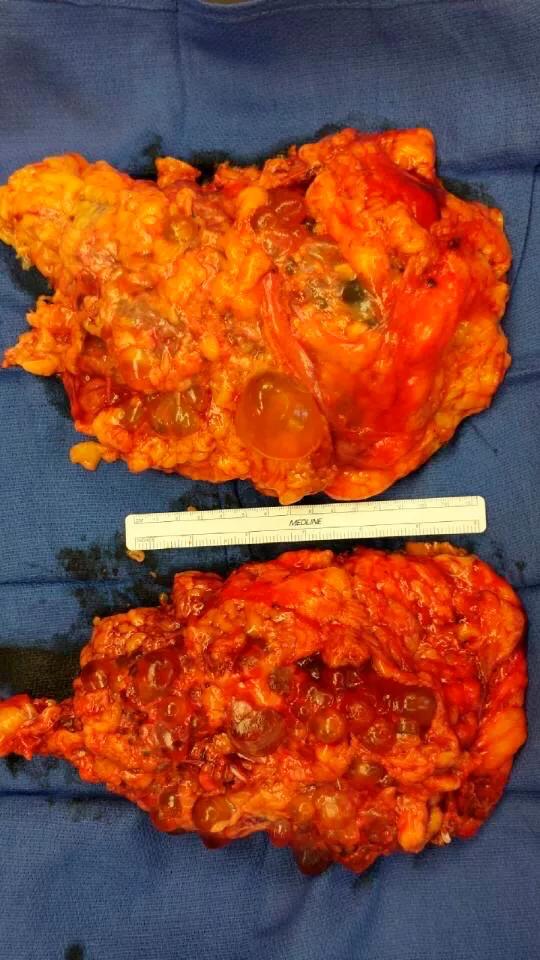
Figure 1. The patient’s polycystic kidneys after robotic removal.

Figure 2. Coronal CT image showing patient’s polycystic native kidneys and transplanted kidney.
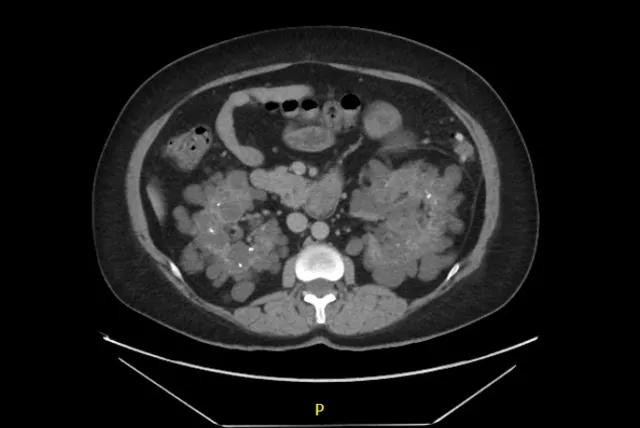
Figure 3. Axial CT image showing patient’s polycystic native kidneys.
This case demonstrates that robotic surgery can work well in an advanced surgical case and can optimize patient outcomes. In this case, performing a bilateral nephrectomy with conventional surgery could have taken as long as six hours, increasing the possibility of complications, including additional blood loss and a longer, more difficult recovery for a vulnerable patient.
At the Urological & Kidney Institute, we plan to use robotic surgery for advanced cases where it is technically feasible and offers the potential for a better outcome for the patient.
Dr. Krishnan is a urologist at Cleveland Clinic Urology, Las Vegas. He can be reached at 702.796.8669 or krishnj2@ccf.org.
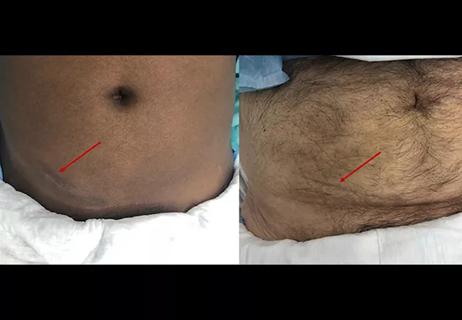
Smaller incision may lead to reduced postoperative pain for some patients
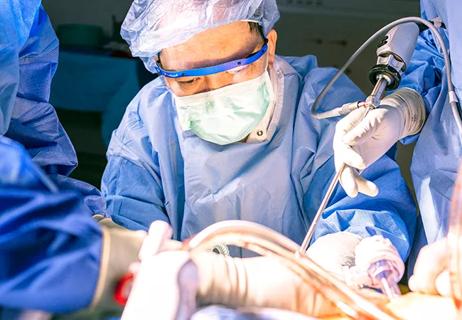
Improving access to lifesaving kidney transplant

The process could improve access and equity for patients with end-stage kidney disease

Video offers glimpse into technically challenging portion of the procedure
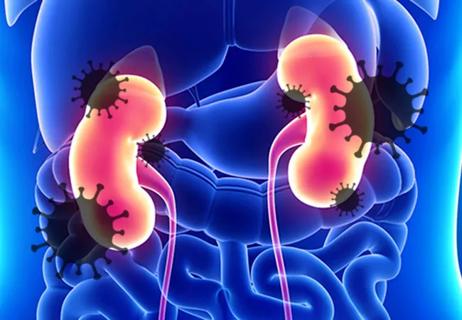
Infectious disease and kidney transplant specialists share key insights
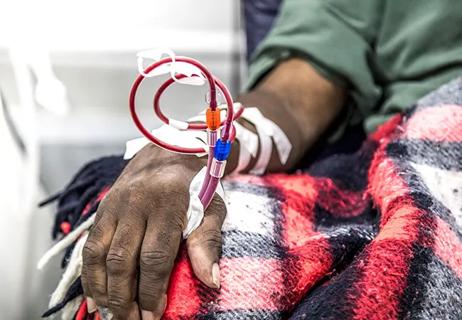
Demographic and social factors found to influence preemptive listing

New interventions and policies haven’t increased wait-listing

Cleveland Clinic surgeons use single-incision robotic surgery to perform kidney transplant